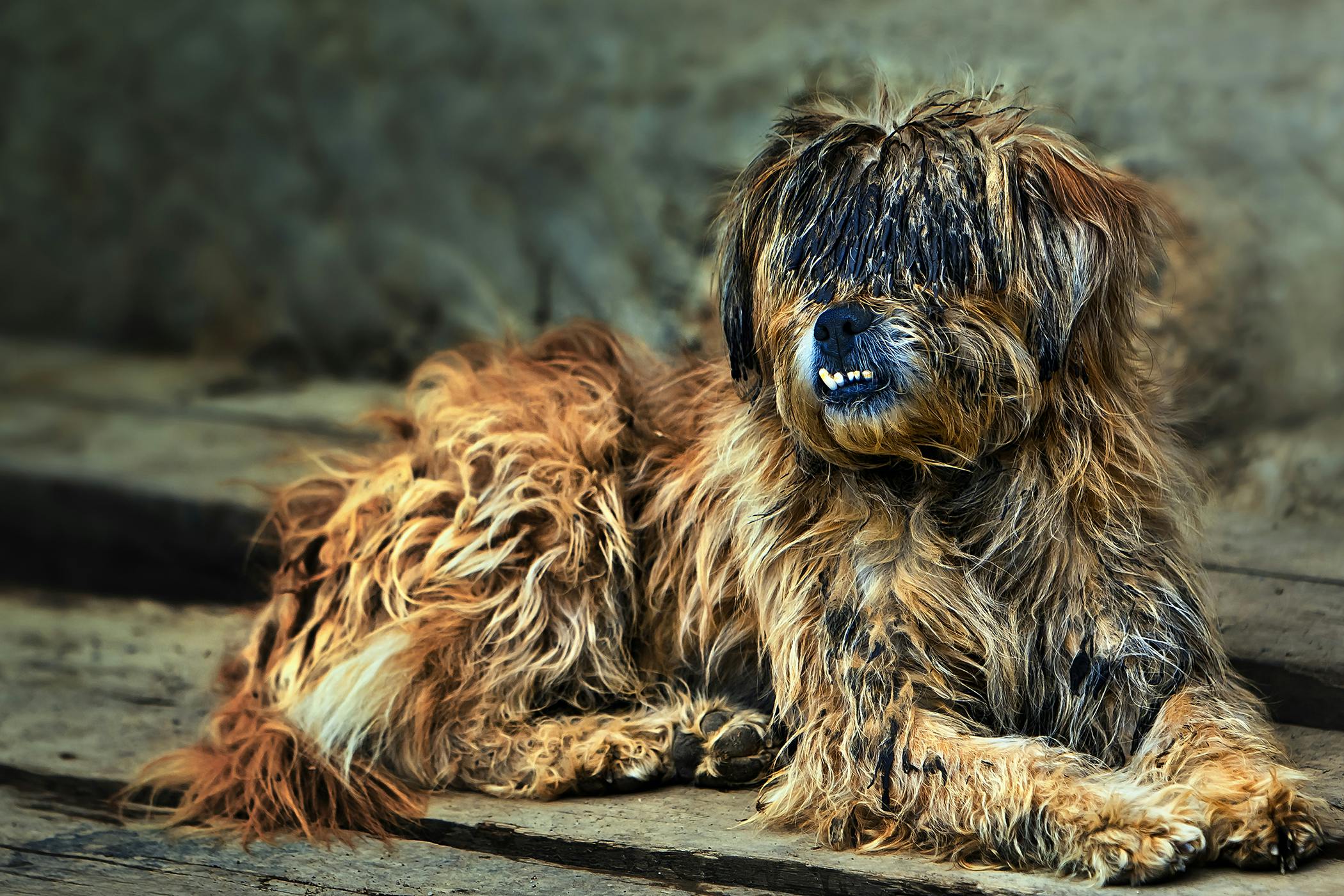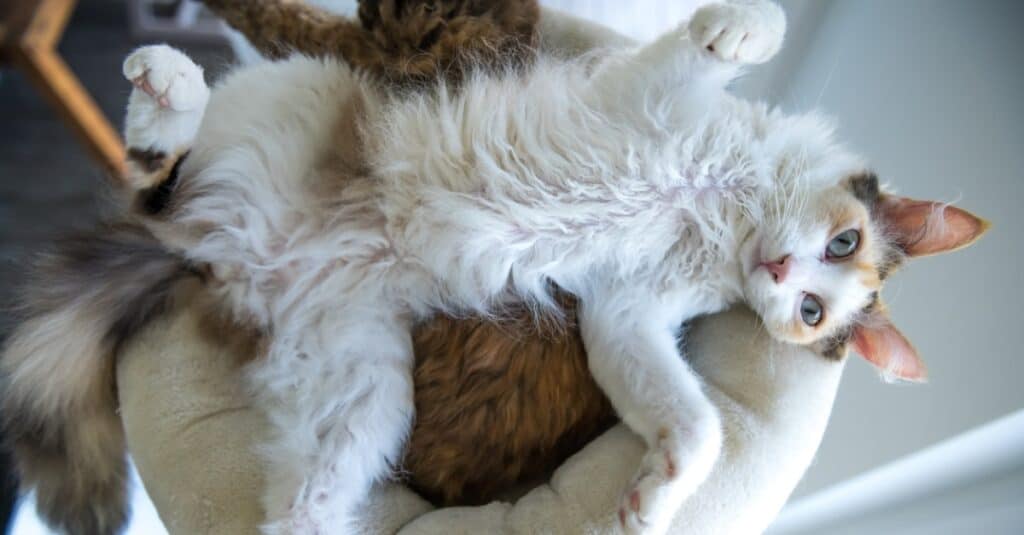Table Of Content

Shaving is accomplished with bladed instruments, such as razors. The blade is brought close to the skin and stroked over the hair in the desired area to cut the terminal hairs and leave the skin feeling smooth. Depending upon the rate of growth, one can begin to feel the hair growing back within hours of shaving.
Evolutionary and Genetic Factors
This continuous cycle ensures the consistent renewal and regrowth of hair or fur. The thick sheath of hair covering the skins of various animals, specifically mammals, is known as fur. Oily guard hair is found as a layer on the fur, and a thick underfur below the fur.
The Difference Between Dog Fur and Dog Hair
Another fascinating aspect of hair and fur is the wide range of colors and pigmentation found among different species. Just like humans, animals can have hair or fur in various shades, from the darkest blacks to the lightest whites and everything in between. The color of hair and fur is primarily determined by the presence of pigments, such as eumelanin and pheomelanin.
Protection
Glands, specifically sebaceous glands, play the role of a natural lubricant by producing sebum. Hair is composed of approximately 95% keratin and other amino acids. Hair is structured into three parts- the medulla, cuticle, and cortex. In response to these concerns, some segments of the fur industry have begun exploring sustainable alternatives, such as ethical fur farming practices and the use of environmentally friendly processes for fur processing. Additionally, efforts to reduce waste and promote recycling within the hair industry have been initiated. Furthermore, fur offers protective benefits by shielding the skin from external elements, such as UV radiation and abrasions.
This argument assumes that curly hair better impedes the passage of UV light into the body relative to straight hair (thus curly or coiled hair would be particularly advantageous for light-skinned hominids living at the equator). When comparing human hair to animal fur, there are several notable distinctions. One of the primary differences lies in the structure and composition.
The distal end of the guard hair is the visible layer of most mammal coats. This layer has the most marked pigmentation and gloss, manifesting as coat markings that are adapted for camouflage or display. Guard hair repels water and blocks sunlight, protecting the undercoat and skin in wet or aquatic habitats, and from the sun's ultraviolet radiation. Guard hairs can also reduce the severity of cuts or scratches to the skin. Many mammals, such as the domestic dog and cat, have a pilomotor reflex that raises their guard hairs as part of a threat display when agitated. Hair's composition predominantly revolves around keratin, rendering it both strong and flexible.
Human hair growth
Texture is relative when it comes to hair vs. fur because depending on the size of the animal, the texture will be slightly different. While the follicle itself might be similar, the thickness of it makes all the difference. For example, dogs have a thick coat of fur that makes it nearly impossible to find their skin.
Texture
14 Best Hair Thickening Shampoos (Tested & Reviewed for 2024) - Cosmopolitan
14 Best Hair Thickening Shampoos (Tested & Reviewed for .
Posted: Wed, 19 Jul 2023 07:00:00 GMT [source]
"The whiskers that you find on a male are just hair," MacPhee says. They have the same chemical composition and are created from keratin proteins. When talking about the hairs on humans, we use the term “hair.” when talking about the hair on animals, we use the word "fur." This article explores other areas of difference between hair and fur. In the vast world of hair and fur, there are numerous variations among different species.
Evolutionary variation

This is especially evident in men who develop a five o'clock shadow after having shaved their faces. Stubble typically appears to grow back thicker because the shaved hairs are blunted instead of tapered off at the end, although the hair never actually grows back thicker. In animals, the core of the hair follicle has thermal regulating properties. It allows the coating of their hair to supply insulation from heat and cold.
Camels have evolved to withstand extreme heat and arid conditions. Their fur acts as a protective shield against the scorching sun, preventing excessive heat absorption and reducing water loss through evaporation. The number of insulation changes with the alteration of the density of fur. The innermost layer is known to be down hair that is used for thermoregulation.
Many animals rely on their hair or fur patterns and colors to blend into their surroundings, making them less visible to predators or prey. This natural camouflage helps them to survive in their respective habitats. Hair and fur play a crucial role in the insulation and temperature regulation of both animals and humans. The complex structure of hair and fur helps to trap air, creating a layer of insulation that acts as a barrier against heat loss or gain. The anagen phase is often referred to as the “growth phase” of hair and fur.
Many believe that the difference between hair and fur is that fur is short, while hair grows long. The truth is that this depends on the genetics on the species and sometimes even on the individuals. Some animals have varying lengths of fur, because that is what is required of them for survival, for example the mane on a lion, which protects it from harm. Also, some animals without fur are referred to as hairless, i.e. hairless cats. Some animals with very coarse or sparse fur, as in the case of a pig or elephant, are referred to as having hair.

No comments:
Post a Comment